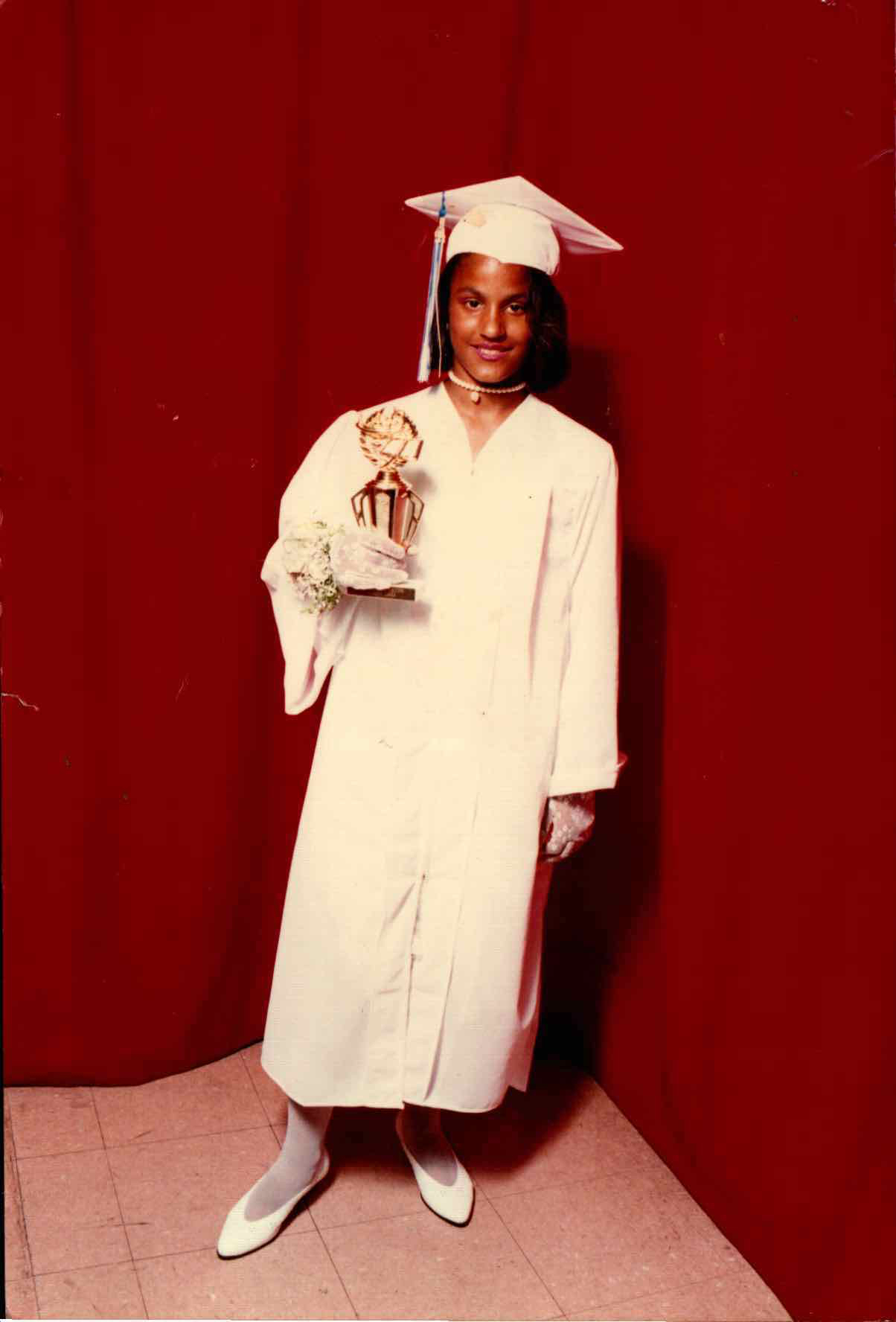Memories from a Lower East Side photo booth
- Text by Miss Rosen
- Photography by Josef Borukhov

Back in the 1980s, New York’s Lower East Side was the premiere shopping destination for the fashionable who loved a good bargain. Customers could pick up the latest leather or fur, knowing that haggling over prices with vendors was simply de rigeur.
Long before 9/11 put an end to the local garment manufacturing business, many residents were employed at local factories, which handled 70 per cent of all women’s garments made in the city. The neighbourhood, home to the city’s immigrant communities for more than a century, was densely packed with a distinctive mix of Eastern European, Black, Puerto Rican, and Chinese residents.
The area offered a snapshot of multiculturalism at its height, revealing how diverse populations could peacefully co-exist in the everyday world. At the same time, the neighbourhood suffered at the hands of bureaucrats, who instituted policies like housing inequity and “benign neglect” to create generational cycles of poverty. Despite, or perhaps because of the challenges, the neighbourhood had long been a hotspot for radicalism with reformers, organisers and activists leading the way.
Known as “the sixth borough”, the LES has had a style and identity all its own, one beautifully captured in the new exhibition, Rainbow Shoe Repair: An Unexpected Theater of Flyness. Curated by Kimberly Jenkins, Brooke Nicholas and Ali Rosa-Salas, the show brings together a series of community portraits taken at a local store between the late ’80s and early ’00s.

Wayne Casimir and Debbie Cox

Elroy Gay
Rosa-Salas, Director of Programming at the Abrons Arts Centre, first got the idea for the show while perusing the family photo albums of friend and LES native Sammi Gay. A series of portraits of Gay, her mother, father, and aunt taken in front of a deep red backdrop at the Rainbow Shoe Repair stopped Rosa-Salas in her tracks.
“The composition was so tender and intimate and the style of clothing was so similar to contemporary fashion trends,” Rosa-Salas says. “It made me think about how important the LES is to contemporary fashion discourse.”
“The images demonstrated an aesthetic deeply tied to place. They emanate a pride in New York City living, in maintaining roots and building a family in a neighbourhood, and a commitment to developing a personal archive.”
Locals frequented the Rainbow Shoe Repair, still located at 170 Delancey Street, to get portraits taken, as prices were far more affordable than those at a photo studio or department store. Josef Borukhov, who operated the shop in the ’80s and ’90s, had a talent for photography, and his collection of primary colour curtains served as the backdrop for portraits. After he left, Ilya Shaulov continued to run the photo studio through the mid-’00s.
“In addition to special events, people would often stop by unplanned to take a picture by themselves, while others developed rituals around planning what they were going to wear,” Rosa-Salas says. “These photographs also speak to the importance of neighbourhood pride in communities in New York under the spectre of gentrification.”

Jessica Lebron

Shawntel Dunbar

Jasmine Lopez

Elroy Gay and Lillie Gay

Wayne Casimir and Debbie Cox

Sammi Gay and Elroy Gay

Wayne Casimir and Debbie Cox
Rainbow Shoe Repair: An Unexpected Theater of Flyness is on view at the Abrons Art Center in New York from February 6 – March 29, 2020.
Follow Miss Rosen on Twitter.
Enjoyed this article? Like Huck on Facebook or follow us on Twitter.
You might like

In Medellín’s alleys and side streets, football’s founding spirit shines
Street Spirit — Granted two weeks of unfettered access, photographer Tom Ringsby captures the warmth and DIY essence of the Colombian city’s grassroots street football scene.
Written by: Isaac Muk

On Alexander Skarsgård’s trousers, The Rehearsal, and the importance of weirdos
Freaks and Finances — In the May edition of our monthly culture newsletter, columnist Emma Garland reflects on the Swedish actor’s Cannes look, Nathan Fielder’s wild ambition, and Jafaican.
Written by: Emma Garland

Why Katy Perry’s space flight was one giant flop for mankind
Galactic girlbossing — In a widely-panned, 11-minute trip to the edge of the earth’s atmosphere, the ‘Women’s World’ singer joined an all-female space crew in an expensive vanity advert for Jeff Bezos’ Blue Origin. Newsletter columnist Emma Garland explains its apocalypse indicating signs.
Written by: Emma Garland

Katie Goh: “I want people to engage with the politics of oranges”
Foreign Fruit — In her new book, the Edinburgh-based writer traces her personal history through the citrus fruit’s global spread, from a village in China to Californian groves. Angela Hui caught up with her to find out more.
Written by: Angela Hui

Meet the hair-raised radicals of Berlin’s noise punk scene
Powertool — In his new zine, George Nebieridze captures moments of loud rage and quiet intimacy of the German capital’s bands, while exploring the intersections between music, community and anti-establishment politics.
Written by: Miss Rosen

We are all Mia Khalifa
How humour, therapy and community help Huck's latest cover star control her narrative.
Written by: Alya Mooro

